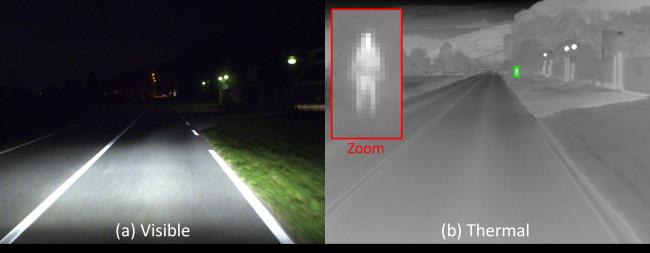Authors: Gabriel Jobert, Guillaume Delubac, Jessy Matias, Quentin Noir, Xavier Brenière, Pauline Girard, Tatiana Severin-Fabiani, Sebastien Tinnes
Published on: October 07, 2024
Impact Score: 8.4
Arxiv code: Arxiv:2410.04928
Summary
- What is new: We propose using thermal imaging as a new sensor for AEB systems, in addition to existing visible front cameras and RADAR.
- Why this is important: Existing AEB systems struggle to protect pedestrians at night, which is when most deadly accidents occur.
- What the research proposes: Integrate thermal imaging sensors into the AEB system’s windshield to improve nighttime pedestrian detection.
- Results: The study establishes the minimum performance standards for thermal cameras in AEB systems based on field tests, showing improved detection range for pedestrians at night.
Technical Details
Technological frameworks used: Sensor fusion framework combining visible and thermal imagery.
Models used: Thermal imaging models, pedestrian detection algorithms.
Data used: Field study data on pedestrian detection ranges under various conditions.
Potential Impact
Automotive safety sector, car manufacturers incorporating advanced AEB systems, sensor technology companies.
Want to implement this idea in a business?
We have generated a startup concept here: ThermiFleet.




Leave a Reply